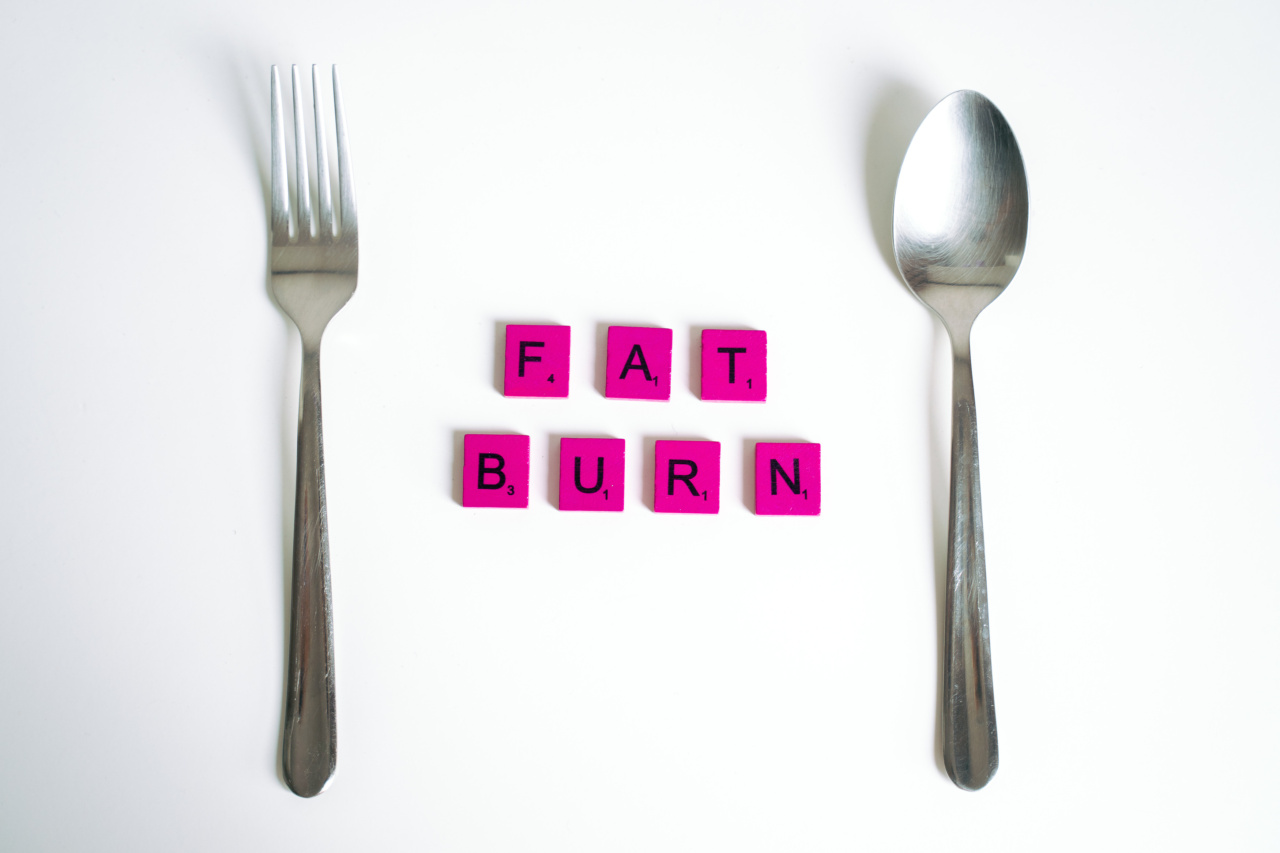When it comes to fitness goals, many people are focused on burning fat and building lean muscle. While there are several techniques to achieve these objectives, one method stands out for its ability to keep burning fat even after two days of exercise.
This technique, known as High-Intensity Interval Training (HIIT), has gained popularity in recent years due to its effectiveness and time efficiency. In this article, we will explore the science behind HIIT and how it can help you achieve your fitness goals.
What is High-Intensity Interval Training (HIIT)?
HIIT is a form of cardiovascular exercise that involves short bursts of intense activity followed by periods of rest or lower intensity exercise. This training method is characterized by its alternating intervals of high intensity and recovery.
HIIT can be performed using various exercises, such as running, cycling, swimming, or even bodyweight exercises. The key to HIIT is pushing yourself to your maximum effort during the intense intervals, which typically last anywhere from 20 seconds to 2 minutes.
How does HIIT burn fat?
During HIIT, the body depletes its stores of readily available energy in the form of glycogen. Once these glycogen stores are used up, the body starts to rely on fat for fuel.
This phenomenon is known as the “afterburn effect” or excess post-exercise oxygen consumption (EPOC). HIIT stimulates EPOC, causing the body to continue burning calories and fat even after the workout is over, for up to 24 to 48 hours.
The science behind the afterburn effect
The afterburn effect occurs due to the increased oxygen consumption required to restore the body to its pre-exercise state.
The intense bursts of exercise during HIIT increase the metabolic rate, creating an oxygen debt that needs to be repaid post-workout. This process involves several physiological changes, including replenishing glycogen stores, repairing muscle tissue, and restoring the body’s temperature and heart rate to normal levels.
Furthermore, HIIT triggers adaptations in the body’s mitochondria, the powerhouses of cells responsible for energy production.
Studies have shown that HIIT can increase mitochondrial density, improving the body’s ability to use oxygen efficiently during exercise. This improvement enhances fat oxidation during both the exercise and recovery periods.
The benefits of HIIT
1. Time efficiency: HIIT workouts are typically shorter than traditional cardio workouts since they involve higher intensity intervals. A HIIT session can range from 10 to 30 minutes, making it ideal for people with limited time.
2. Fat burning: As mentioned earlier, HIIT promotes fat oxidation during the workout and continues burning calories post-workout, making it an effective method for weight loss and reducing body fat percentage.
3. Muscle preservation: While traditional cardio exercises may lead to muscle loss along with fat loss, studies have shown that HIIT helps preserve muscle mass due to its shorter duration and the inclusion of resistance exercises.
4. Metabolic benefits: HIIT has been found to improve insulin sensitivity, increase aerobic capacity, and boost metabolism. These metabolic benefits contribute to better overall health and can help prevent chronic diseases.
How to incorporate HIIT into your workout routine
Before starting any new exercise program, it is essential to consult with a healthcare professional or certified fitness trainer to ensure it aligns with your individual needs and abilities.
Once you have the green light, here are some tips for incorporating HIIT into your workout routine:.
1. Warm-up: Begin with a dynamic warm-up to prepare your body for the intense intervals. This can include exercises like jogging, jumping jacks, or bodyweight lunges.
2. Intervals: Alternate between high-intensity intervals and recovery periods. Aim for a ratio of 1:1 or 2:1 (e.g., 20 seconds of intense exercise followed by 10 seconds of rest).
As you progress, you can increase the intensity or duration of the intense intervals.
3. Exercise selection: Choose exercises that engage multiple muscle groups, such as burpees, squat jumps, mountain climbers, or kettlebell swings. This will maximize calorie expenditure and muscle activation.
4. Progress gradually: If you are new to HIIT, start with shorter intervals and longer recovery periods. As your fitness level improves, you can gradually decrease the recovery time and increase the intensity.
5. Variety is key: To prevent boredom and ensure a well-rounded workout, vary your exercises and intervals. This will challenge different muscle groups and prevent plateauing.
Safety considerations
While HIIT can be highly effective, it is important to approach it with caution and prioritize safety. Here are some key safety considerations to keep in mind:.
1. Technique: Focus on maintaining proper form and technique during exercises to reduce the risk of injury. If you are unsure about the correct technique, consider working with a qualified fitness professional.
2. Gradual progression: Start at a level that suits your current fitness level and gradually increase the intensity and duration. Pushing yourself too hard, too soon can increase the risk of overuse injuries.
3. Proper rest and recovery: Allow your body enough time to recover between HIIT sessions to prevent overtraining and minimize the risk of injury. Adequate rest and recovery will also help optimize your performance during subsequent workouts.
Conclusion
High-Intensity Interval Training (HIIT) is a highly effective workout method for burning fat and building lean muscle. The afterburn effect triggered by HIIT keeps the body burning calories and fat for up to 48 hours after the workout.
Incorporating HIIT into your regular exercise routine can save you time, improve your cardiovascular fitness, and help you achieve your fitness goals more efficiently. However, always prioritize safety and consult with a professional before starting any new exercise program.


























